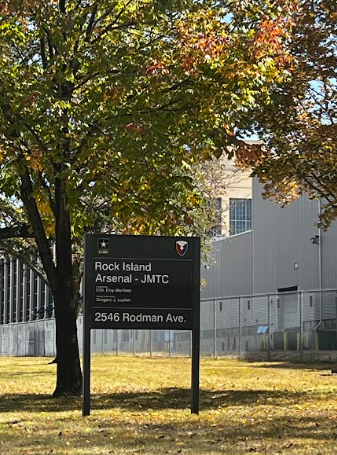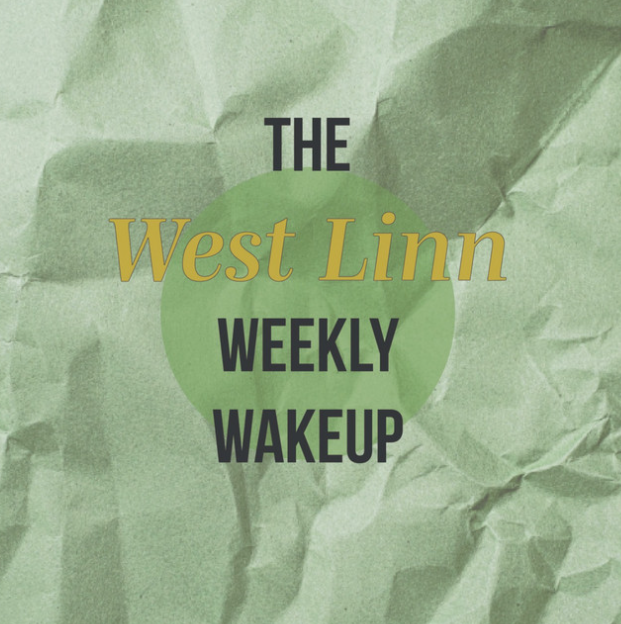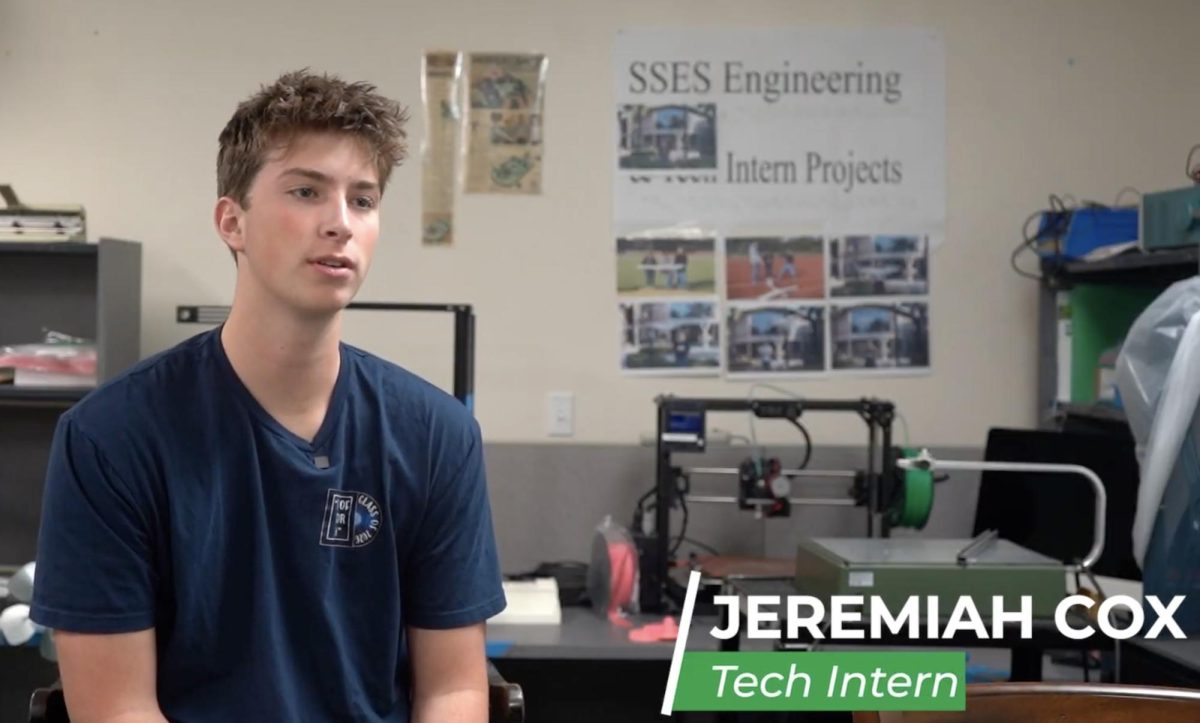In July, the Iowa City Community School District proposed a plan to “Re-Envision” the district’s elementary schools. Since then, this plan has developed three main proposals: academy schools, paired schools and Pre-K centers. Through these changes, the district aims to standardize class sizes and increase efficiency throughout its elementary schools.
At a Sept. 10 board meeting, 13 community members expressed concern during community comment, and since then, the plan has been put on pause for the board to collect more information.
What
The board’s plan has three main components: paired schools, academy schools and preschool centers. These wouldn’t all necessarily be implemented, but the bulk of what the district is considering to achieve its goals.
The main thing the district is focusing on is paired schools. This means that the schools would likely be split between grades K-2 and 3-5. To provide an example, this could mean that Penn Elementary School would specifically be for preschool through second grade and Garner Elementary School would be for grades 3-5.
Having a school with a smaller amount of grades would allow more sections of that grade in one building, making it easier for teachers to collaborate. Using this model, one building could potentially hold six sections of one grade, in contrast to now where multiple elementary schools only have two seconds, and therefore two teachers, for a grade level.
“[Pairing schools] allows for more collaborations among teachers, because sometimes we have just a single section in the building so that teacher doesn’t have a counterpart to strategize with or share teaching innovations with,” Ruthina Malone, the ICCSD school board president, said.
For Malone, the next-best option would be academy schools. These would be like a “school inside a school” meaning that other kids from other attendance zones could choose to enter a program at another school that would have a specific focus, for example, language immersion or STEAM, which stands for science, technology, engineering, art and math.
“Academy schools are a school within the school, so kids that already attend, wouldn’t be, say, kicked out,” Malone said. “It would be where those kids continue to attend that school, and perhaps other kids from other attendance zones apply to attend that building because maybe it’s offering something like a language immersion program, something that West Liberty offers.”
A language immersion program is an appealing opportunity for the district because it has the potential to benefit a lot of students. “And a lot of our families are like, ‘Yeah, [if] we had something like that I would definitely want my kid in it’ because West Liberty does something really neat, where, starting in kindergarten, their kids are immersed in dual language, with Spanish being the second language, and that’s a pretty valuable language to have,” Malone said.
The curriculum in these schools would be slightly different than the typical elementary school. This could mean exposing students to different languages at an earlier age, instead of starting the opportunity for learning another language in eighth grade. In the example of a STEAM school, students would be looking at more advanced material, similar to that seen in middle, or even high, schools.
The board is also looking at changing the current system for preschool education. The district recently expanded preschool so it was available to all four-year-olds in all of its elementary schools.
The board proposed repurposing three selected elementary schools from Iowa City, Coralville and North Liberty to serve solely as Pre-K centers. This would allow this kind of education to take place in a space specifically designed for it.
To John Boylan, a West High English teacher and parent of a preschooler and fourth-grader, this makes a lot more sense.
“[Preschool centers] make so much more sense to me, because parents already have to provide transportation for their kids to get to a daycare kind of situation, and so, compared to closing a neighborhood school that now your third grader has to get on a bus for 40 minutes or something like that, [it] seems to me like the alternative here is, ‘do you want to drive your kid or ride your ride the bus with your kid to a private daycare, or do you want to do it to an Iowa City Schools Pre-K center?’”
These buildings would be specifically designed for four-year-olds. Malone said the hope would be to extend this to three-year-olds as well at some point. The difference between a typical Iowa City daycare and an ICCSD preschool would be that certified teachers would be preparing their kids for kindergarten.
“[The students] would learn how to write their names. A lot of times our kindergarteners, believe it or not, show up, but they’re not able to write their names. They’re not able to use a pair of scissors. So these preschool centers can teach them some basic fundamentals to make them ready for kindergarten, where now the kindergarten teacher can focus in on reading simple books,” Malone said.
Why
So why consider changing the system? According to Malone, the primary reason for changing the system is to standardize class sizes. “We are seeing that some of our schools, compared to others, have much smaller class sizes in some of their counterparts,” she said. “For example, out in 10 [schools] in North Liberty, some of their classes are sitting at 32, 35 students, whereas some of the schools on the east side, for example, have class sizes much smaller than that, maybe averaging 17 to 22.”
Grace Fincham ’26 is one of West’s representatives to the board as Student Government Vice President. Fincham attended Lincoln Elementary School, which has a capacity of 310 and is one of the district’s smallest elementary schools.
“I think it was my fifth-grade year, [there was] one teacher, so that class size was a lot bigger. [In] some of the others, like second and third, there were multiple teachers, so a lot of the class sizes were smaller, so it wasn’t very consistent,” Fincham said.
This discrepancy causes multiple issues. Big class sizes can mean that teachers have less time to spend with students individually, and schools with smaller class sizes tend to have smaller enrollment numbers, and therefore fewer sections in a building.
Besides standardization with class sizes, this could mean more equitable opportunities for students, maximum building efficiency, more consistent staffing and scheduling and increased collaboration between teachers.
Maximizing building efficiency and use of resources is starting to become necessary after repeated budget cuts. This goes hand-in-hand with the issue of the decreasing number of students in the ICCSD because fewer students means less money. Since 2017, the board has had to cut over $16 million in programming. Just last year, the board reduced the ICCSD’s budget by $5.5 million; this year, the board is projecting another $2.5 million reduction in its budget.
In the days since its initial proposal, the community has raised concerns about the implications of this plan. On Sept. 10, the board room was full. Many community members in attendance were associated with Shimek Elementary School, a very small elementary school on the Eastside of Iowa City and a total capacity of 271 — the smallest out of all the district’s elementary schools.
At the meeting, 13 people spoke and raised a variety of concerns like transportation, the mental health of the students and equity. Only one community member spoke positively about the plan, specifically the possibility of a language immersion academy school.
Allison Largo is an ICCSD alum who recently moved back to the area after spending 12 years living between Mexico and Dallas. When looking for homes, she wanted to find a place near West Liberty’s school district so her and her husband could send their kindergartener to a school with a language immersion program.
“I led one of the largest nonprofits in Dallas for immigrants…One of the best ways to give mothers a way to be empowered in the lives of their children so that the roles are not reversed where the kid becomes the parent taking care of their parents and doing all of their applications,” Largo said. “There is an authority shift that will happen when you are expecting your young child to do everything for you and one of the ways that you can minimize that authority shift at a very young age is providing bilingual education.”
At the meeting, Tony Gatewood, who works for Servant Partners, an organization dedicated to helping poor communities, raised concerns about how this could affect people with lower incomes. “What I know is that the poor have less choices than others. In fact, most of the people who could be affected by this are probably working the second or third shift right now. And they have no agency to be here, be on a microphone, communicate and know what will happen for their kids.”
As a student representative to the board, Fincham speaks frequently at meetings for part of that title means it falls on her and the other representative, Student Government President Moustafa Tiea ’25, to update the board on recent events at the school. While not initially aware of the plan, Fincham had a few thoughts on the proposed changes:
“I think there’s pros and cons to both. The transportation [concern] I can totally understand for those people that take buses and who want to be with their friends for those seven years, and that would be a hard transition,” she said. “You’d meet a lot of new people, but it’s more adjusting that you have to do”
Even though he didn’t attend the meeting, Boylan has been keeping up with the proposal via the emails the district has been sending out. His main concern is that of equity in academy schools. “My fourth-grader is in a wheelchair, and she’s non-verbal. And as you start creating these really targeted pockets, and you track students at younger and younger ages, and you say, ‘this person can go here, and this person can go here, and we’re just letting students pursue their passions’…I think it’s really dangerous to say some people get access to this thing that other people don’t get access to,” he said.
Malone said that the district would maintain their commitment to equity and diversity, but there are certain aspects of the system they still have to hash out to ensure that.
Boylan also expressed concern around the importance of a well-rounded liberal arts education and the potential repercussions of having students specialize so early. “This is going to create a sort of early specialization that I think you already see in, youth sports and youth music that is detrimental to the wholeness of young people. And if I want to go really wild, the wholeness of society,” he said.
How
After facing community backlash, the district is pausing the plan to answer some questions. First of all, will the plan actually work?
“Will we truly see efficiencies developed from Re-Envisioning our elementary schools? The biggest thing is exactly, how does this work? Because it sounds good in a conversation, but before you start dismantling what people have known for decades you need to have a solid plan so people can understand what comes next and what their students or what our teachers and staff can expect when they show up to whatever new plan we’re laying out,” Malone said.
As of now, the plan is currently on pause so the district can check enrollment numbers with their demographer, look at the Certified Annual Report for financial insights and do more cost analysis on staffing and transportation issues. They are also working to answer some of the questions that have been raised by the community.

“When we have this information and some of those great questions that our community and board members raised or answered. The next step would be forming those committees,” Malone said.
These committees would be comprised of teachers, admin, board members and community members to develop a more detailed plan. They would be dedicated to different aspects of the plan like pairing schools, academy schools and preschool centers to do more research and help sort out potential issues.
ICCSD superintendent Matt Degner said in a Sept. 27 update that the district understands that these times are stressful, and thanked the community for their patience.
“We understand the importance of building trust and transparency, and this process will be no different. I also realize how difficult and stressful these conversations can be and have been for our community. Comprehensive data from professionals and increased time to better understand our budget reality will allow for more informed, thoughtful discussions,” he wrote.
This story was originally published on West Side Story on November 19, 2024.




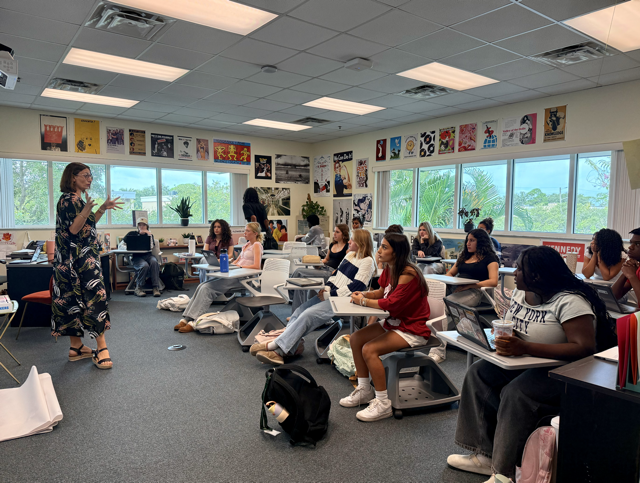




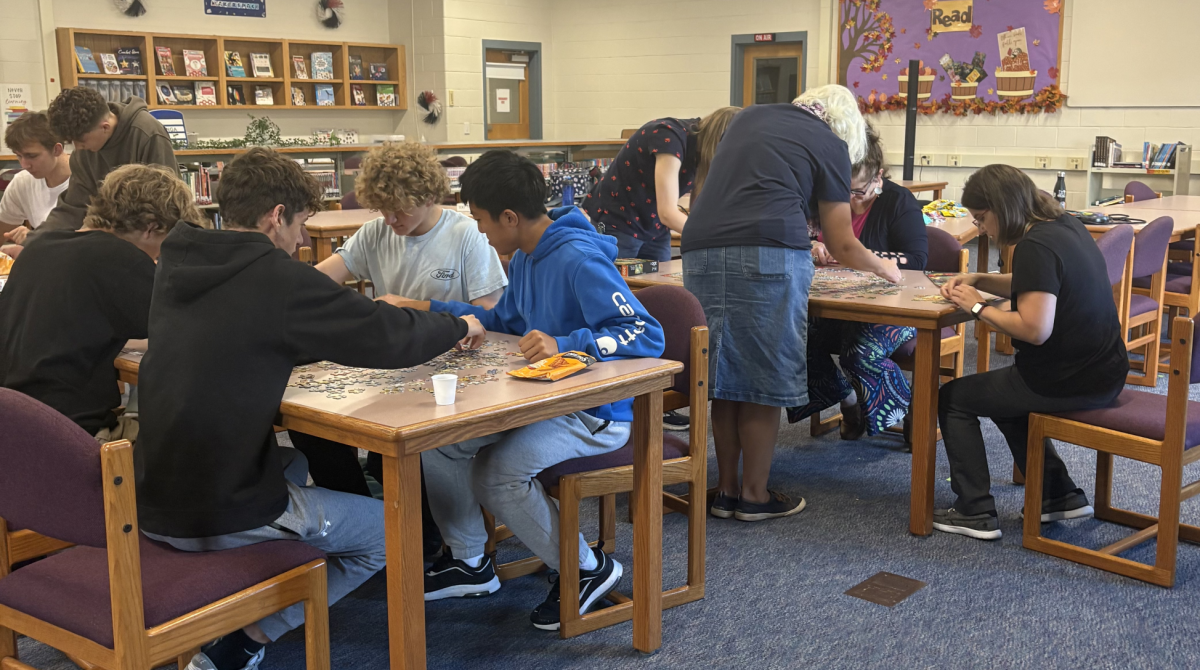
![Senior Dhiya Prasanna examines a bottle of Tylenol. Prasanna has observed data in science labs and in real life. “[I] advise the public not to just look or search for information that supports your argument, but search for information that doesn't support it,” Prasanna said.](https://bestofsno.com/wp-content/uploads/2025/10/DSC_0073-2-1200x800.jpg)












